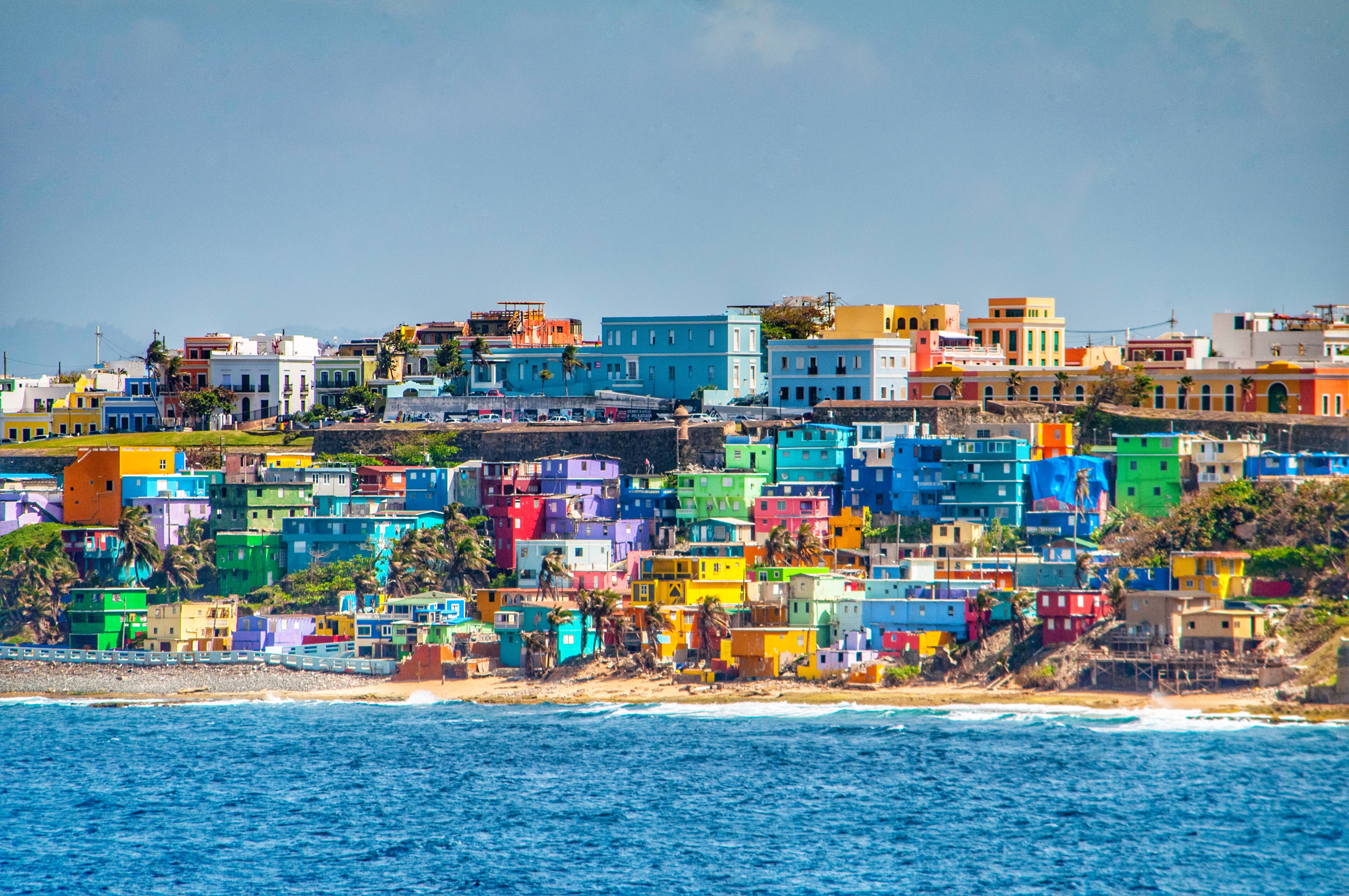Historical Overview

Puerto Rico’s rich history is a tapestry woven with diverse cultural threads. From its indigenous Taíno roots to its colonial past under Spanish and American rule, the island nation has witnessed pivotal events that have shaped its identity.
Pre-Columbian Era
Before European arrival, Puerto Rico was inhabited by the Taíno people, an advanced civilization with a complex social structure and sophisticated agricultural practices. Their legacy lives on in the island’s indigenous heritage, place names, and cultural traditions.
Puerto Rico, a Caribbean gem, is a place of vibrant culture and breathtaking landscapes. Its lush rainforests, pristine beaches, and historic towns attract visitors from around the world. To the east of Puerto Rico lie the Windward Islands , a chain of volcanic islands known for their dramatic peaks, lush vegetation, and crystal-clear waters.
These islands, like Puerto Rico, offer a unique blend of history, nature, and adventure, making them a must-visit destination for those exploring the Caribbean.
Spanish Colonial Period
In 1493, Christopher Columbus claimed Puerto Rico for Spain, marking the beginning of its colonial era. The Spanish established a settlement and exploited the island’s resources, including sugar, tobacco, and gold. The indigenous population was decimated by disease and forced labor.
American Occupation
The Spanish-American War in 1898 resulted in Puerto Rico becoming a US territory. The island faced economic and political challenges under American rule, but also gained access to education, healthcare, and infrastructure.
Mi likkle Puerto Rico, such a baiq place! But mi no feget di time when wi get visit by a big storm call Beryl. Di National Hurricane Center did warn wi bout it, and wi did prepare as best as wi could.
Thankfully, wi come out di other side safe and sound. Puerto Rico strong!
Autonomy and Statehood Movements
In the 20th century, Puerto Rico began to assert its own identity and sought greater autonomy. The island gained commonwealth status in 1952, giving it some self-governance. However, the debate over Puerto Rico’s political status continues, with movements advocating for independence or statehood.
Cultural Heritage
Puerto Rican culture is a vibrant tapestry woven from the threads of Taíno, Spanish, African, and American influences. This unique blend has shaped the island’s music, dance, art, literature, and traditions.
Taíno, the indigenous people of Puerto Rico, left an enduring legacy in the island’s culture. Their beliefs, rituals, and artistic expressions continue to influence modern Puerto Rican society. Spanish colonizers brought their language, religion, and customs, which have become integral to Puerto Rican identity. African slaves introduced rhythms and melodies that have enriched Puerto Rican music and dance.
Music, Dance, and Art
Music is the lifeblood of Puerto Rican culture. From the infectious rhythms of salsa to the soulful melodies of plena, music permeates every aspect of Puerto Rican life. Dance is equally important, with styles like bomba and plena showcasing the island’s African heritage. Puerto Rican art is equally diverse, ranging from traditional crafts to contemporary masterpieces.
Literary Traditions
Puerto Rico has a rich literary tradition dating back to the 16th century. Authors like José Gautier Benítez, Julia de Burgos, and Luis Rafael Sánchez have made significant contributions to Latin American literature. Their works explore themes of identity, history, and social justice.
Economic Development: Puerto Rico

Puerto Rico’s economy is a complex and diverse one, with a mix of industries contributing to its overall growth and development. Tourism, manufacturing, and agriculture play significant roles in shaping the island’s economic landscape, each facing unique challenges and opportunities.
Tourism, Puerto rico
Tourism is a major economic driver for Puerto Rico, attracting millions of visitors annually. The island’s beautiful beaches, rich cultural heritage, and diverse attractions make it a popular destination for both domestic and international tourists. The tourism industry provides employment opportunities in various sectors, including hospitality, transportation, and retail.
Manufacturing
Manufacturing has historically been a key industry in Puerto Rico, with a focus on pharmaceuticals, electronics, and apparel. The island’s skilled workforce and tax incentives have attracted numerous multinational corporations to establish manufacturing operations in Puerto Rico. However, recent years have seen a decline in manufacturing due to factors such as rising production costs and increased global competition.
Agriculture
Agriculture is another important sector of Puerto Rico’s economy, with the island producing a variety of crops, including sugarcane, coffee, and tobacco. The agricultural industry faces challenges related to climate change, land availability, and competition from imported goods. However, efforts are underway to promote sustainable farming practices and diversify agricultural production.
Government Policies and International Trade
Government policies and international trade play a significant role in shaping Puerto Rico’s economic development. The island’s political status as a U.S. territory influences its economic policies and access to federal funding. International trade agreements, such as the Caribbean Basin Initiative, have provided opportunities for Puerto Rican businesses to export goods to the United States and other markets.